Amethyst, quartz which has ferric, or iron, impurities:

Citrine, which is also quartz with ferric impurities, where most commercial citrine is actually smokey quartz or amethyst that has been heated:
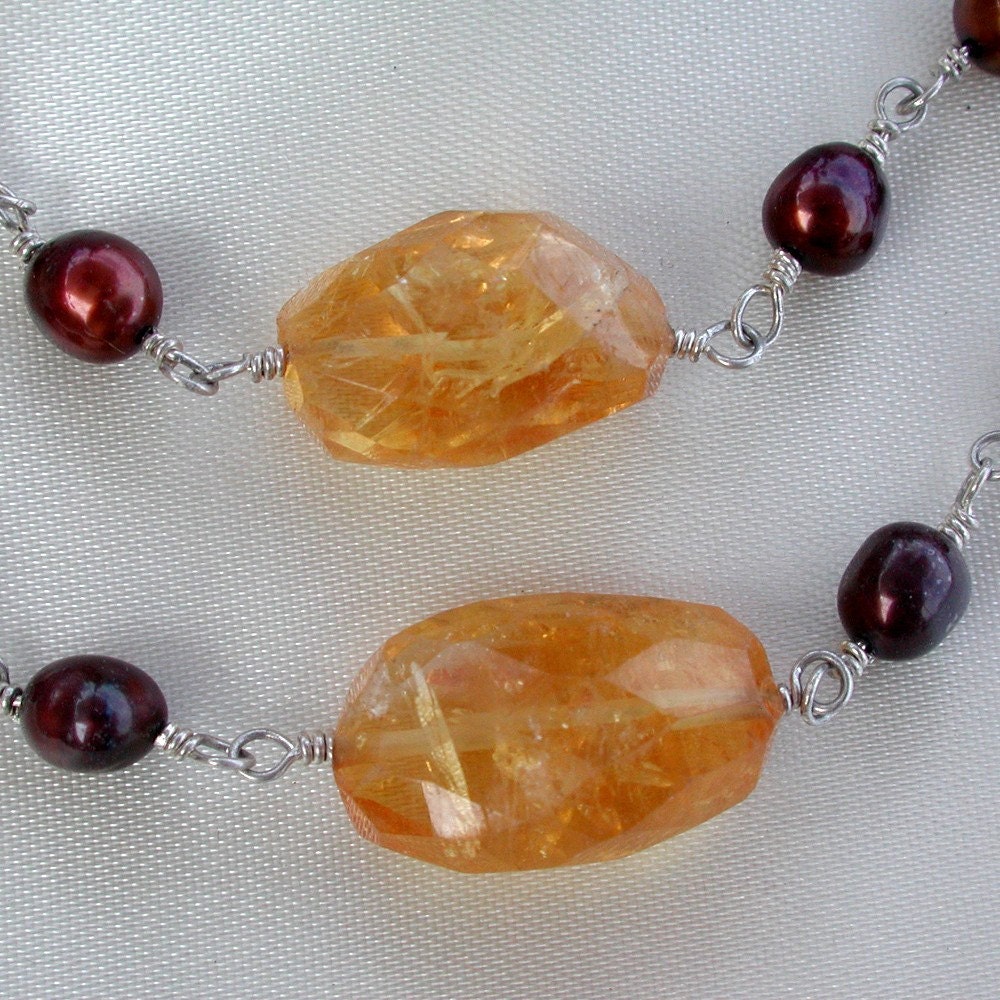
Smokey quartz is quartz that has been exposed to natural radiation. A good percentage of commercial smokey quartz has been artificially irradiated:
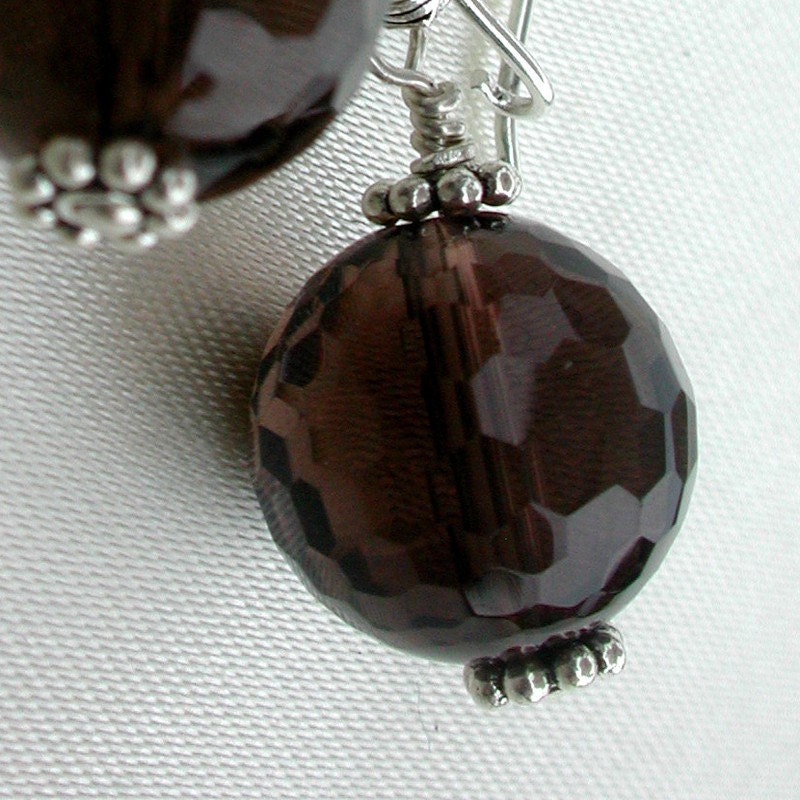
Aventurine can be green or orangish-red, in which case it's often confused with sunstone, a feldspar variety. It has inclusions of mica, which give green or blue tones, or hematite, which give orange or red tones. Both can be dyed to give a richer hue:

Here's sunstone, and a picture of orange aventurine for contrast.

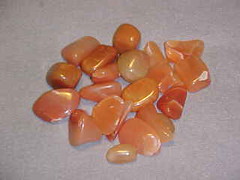
And now for the fun part. Quartz has a chemical composition of silicon dioxide. Quartz, when powdered, makes sand. Sand is melted and made into glass. So, there are some "stones" out there that are completely man made, but have exactly the same chemical composition, so can technically be referred to as a variety of quartz. There may be some occurrences of natural crystals of these colors, but the majority of beads of this variety are made from naturally occurring stones.
Here's a couple of examples - pineapple and strawberry or cherry "quartz:"
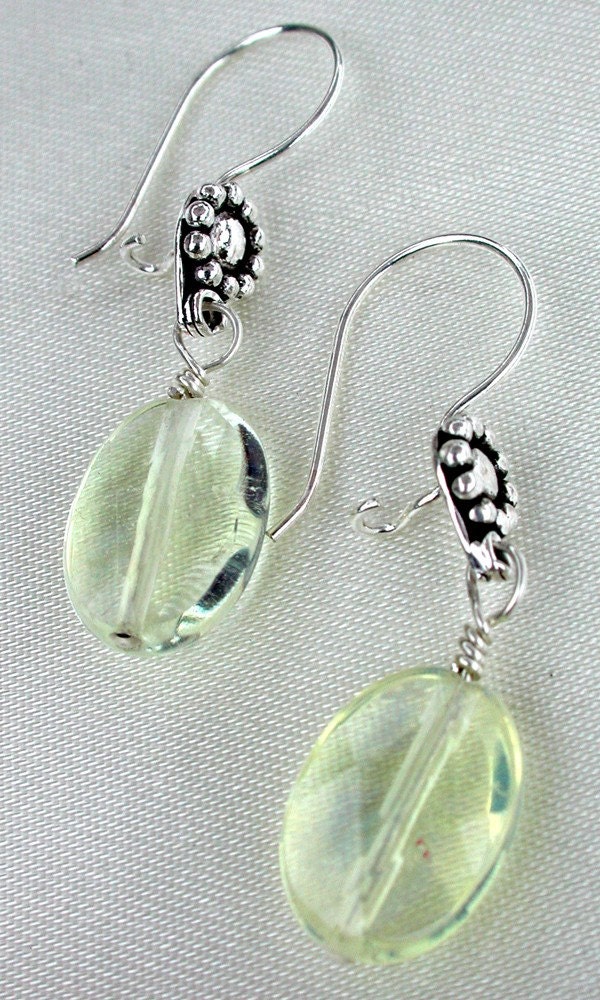
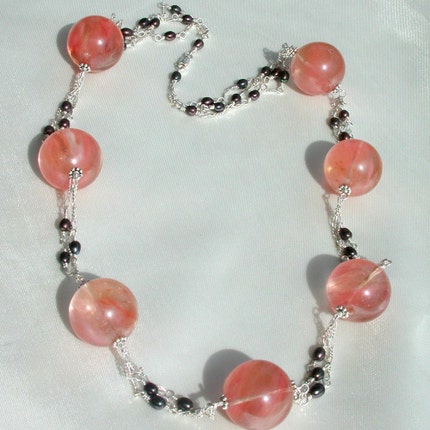
So what does this all mean?
Well, nothing really. Whether the piece is as it was found growing in the earth or whether it had a bit of help from the hand of man, it still makes for absolutely beautiful jewelry. And sometimes, if a piece seems a little more expensive than other pieces of a similar appearance, it may be that the creator spent a little bit more on stones that are actually naturally occurring, and not helped in appearance.






7 comments:
Very interesting post- I enjoyed reading it- thanks
Awesome Blog!
Great Post! Thanks for the info.
Thanks so much...very interesting..marking
Well I never. This is interesting.
What a great post! Haven't I said that about each one I've read?!
I knew a lot of this, but it's always nice to read your posts, as well as see images of your jewelry.
And the parts I didn't know, well, it was good to learn!
Thanks for another lovely post!
Thanks for sharing this information about quartz. A lot of gemstone dealers don't mention the fact that their stones are manmade or enhanced, so this is info that I think a lot of people need.
I loved this post and all the different info about quartz.
Post a Comment